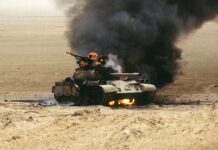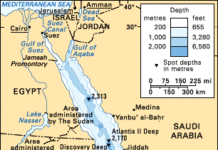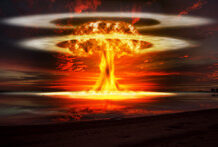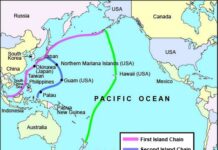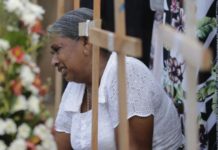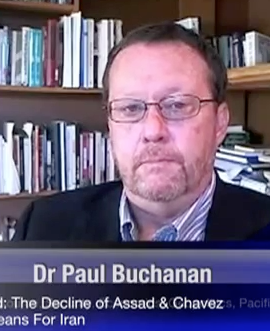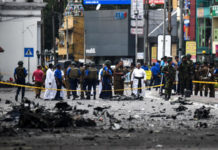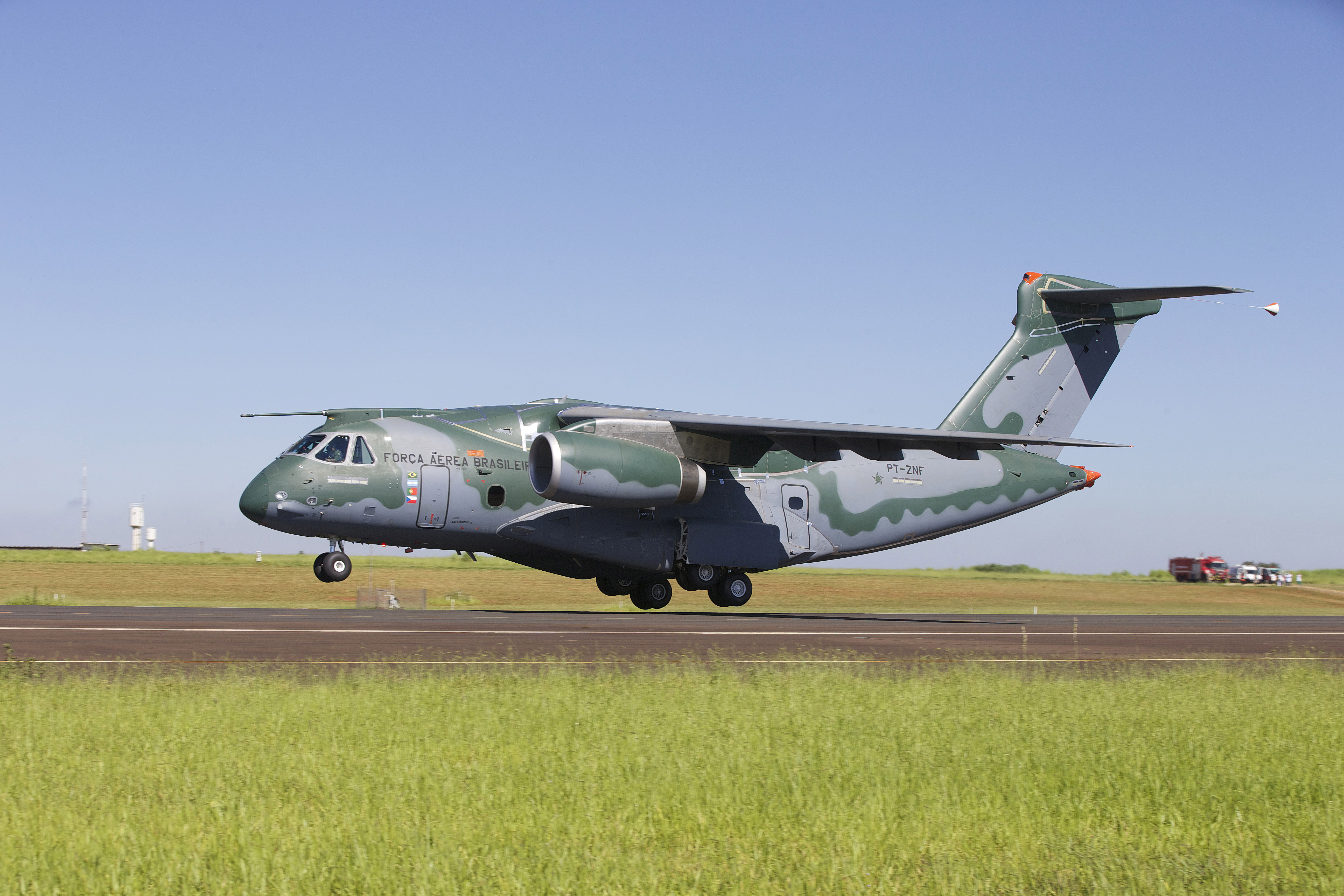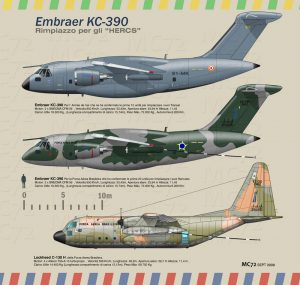In partnership with the Brazilian Air Force, the Brazilian aerospace giant Embraer has begun development of the KC390, a turbofan (jet) powered, extended range multirole medium airlift platform that expands on Embraer’s Defense and Security range of surveillance, ground attack and training aircraft. The move into military aviation (now 14 percent of Embraer’s global sales) was a natural course for a company that has strong history in civilian aviation, including commercial, corporate and agricultural aircraft. Founded in 1969 and headquartered in Sao Paulo, Embraer has over 19,000 employees and construction, maintenance, parts and service facilities in ten countries, including China and Singapore in the Western Pacific Rim. With over 8000 planes flown by 100 airlines and public and private entities in 90 countries, Embraer is the third largest aircraft manufacturer in the world.
Development of the KC390 is coincident with a critical moment for the Royal New Zealand Air Force. As part of a NZ$20 billion Defense upgrade over the next 15 years, the RNZAF is scheduled to replace its aging airlift capability in the early 2020s under its Future Air Mobility Capability project. The RNZAF capability is a medium lift component that consists of 5 Lockheed Martin C-130 Hercules utility platforms and 2 Boeing 757 transports. Some of the airframes on the C-130s are 50 years old, and both they and the 757s are unable to provide the payload or range requirements for a future independent airlift capability in New Zealand’s primary theater of operations (the South Pacific and Antarctica). Documents attached to the 2016 Defense White Paper speak of a “like-for-like” purchase of newer aircraft, but the RNZAF is particularly interested in procuring planes that carry heavier payloads over longer distances but can still land and takeoff on short unprepared airfields and which are flexible enough to perform a variety of roles including search and rescue, intelligence gathering and surveillance, air drop (paratroopers and pallets) as well as troop, helicopter, armour and general cargo transport. The key values are flexibility, durability, range, payload and cost.
Although the RNZAF as not expressed a preference for a particular platform, frontrunners for the airlift replacement have been widely discussed. These included an upgraded version of the Hercules, the C-130J “Super Hercules,” the Boeing C-17 and the Airbus A400M. Although the C-130J is a “like-for-like” replacement option, both the C-17 and A400M are heavy lift platforms that, while satisfying several of the RNZAF requirements cannot operate from short rough runways and are very expensive (over NZ$250 million each). Boeing has discontinued production of the C-17 so it will have to be purchased second hand, whereas the A400M has just entered service with the Royal Air Force and five other countries after years of delays, cost overruns and a fatal crash during testing. Other options, such as converting well-proven commercial aircraft like the Boeing 777 or Airbus 320 have also been mooted in New Zealand policy circles, but none of these have the multirole flexibility or durability of dedicated military aircraft.
Source: https://www.aereo.jor.br/2011/05/07/a-repercussao-do-kc-390/
One essential difference between the KC390 and the RNZAF’s current airlift options is that, because of its wing and fuselage fuel tanks, it has the ability to safely pass the current Point of No Return (PNR) on Antarctic flights and still be able to turn around and return to the New Zealand mainland on a load of fuel while carrying a 14 ton payload (with a maximum payload of 26 tons, five more than the Hercules). This requirement was made very clear in a 2013 near-disaster involving a RNZAF 757 low on fuel flying in bad weather on an Antarctic mission, and has become part of the RNZAF airlift tender specifications. Because it has a rough short field landing and takeoff capability, the KC390 has better options in the event it must make emergency landing on small landmasses (the C130J does not have the range to make a flight to Antarctica without aerial re-fueling). As part of its airworthiness certification the KC 390 has undertaken cold weather crosswind trial flights in Southern Chile as well as refrigerated hanger tests in the US, so the manufacturer has specifically focused on that aspect of the RNNZAF requirements.
Six countries have ordered 60 copies of the KC390. Argentine, Chilean, Colombian, Portuguese, other European and US suppliers, including Boeing, BAE Systems and Rockwell Collins, contribute to the manufacture of the aircraft. Boeing has a major service contract for the KC390 that extends to on-site servicing in the field. Among other countries, trials are being conducted by Canada and Sweden to ascertain the utility of the KC390 in a variety of roles. In November 2016 Embraer answered a RNZAF Request for Information (RIA) to replace the 5 C-130s with a similar number of KC390s, with a decision on the potential purchase expected in mid to late 2017.
New Zealand has a history of looking to the US and Europe for its defense needs, but the entrance of Embraer in the military aviation lift market provides it with a wider range of options than in previous procurement cycles, both in terms of platform design and unit costs. Given the Future Air Mobility Capability upgrades outlined as essential for the future performance of the RNZAF in the 2016 Defense White Paper and its addenda, expanding the NZ defense procurement horizon to South America may prove opportune and propitious. If nothing else, the supply chain ripple effect of procuring the KC390 opens a range of high technology value added opportunities previously unknown to potential stakeholders on both sides of the Pacific.


